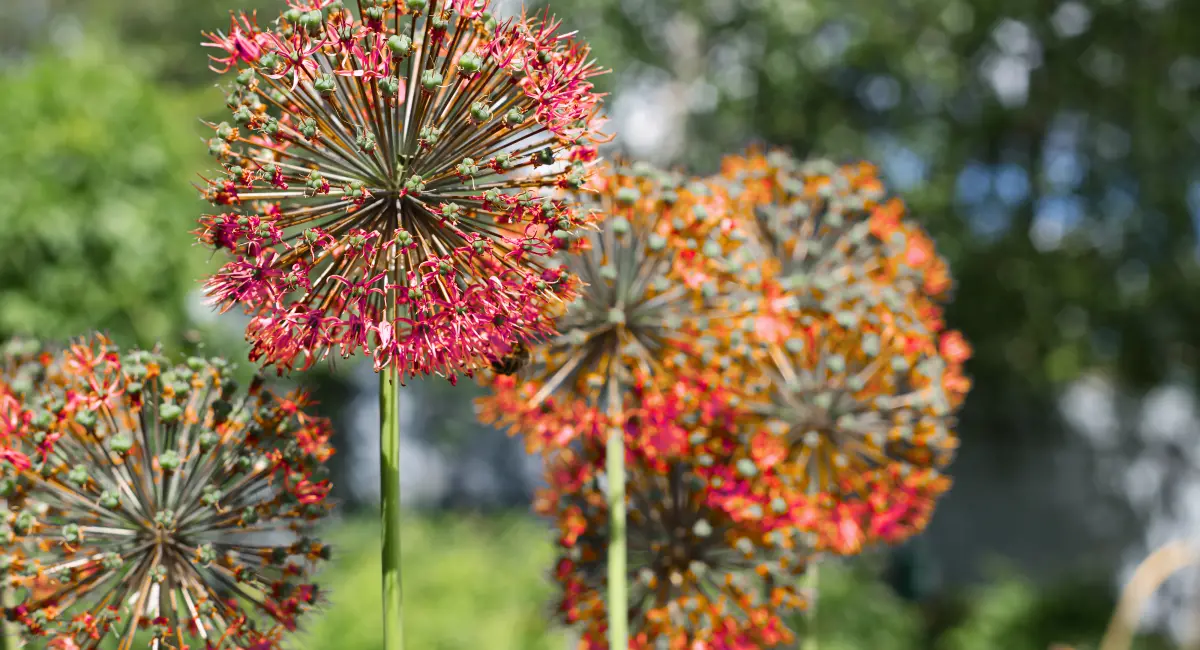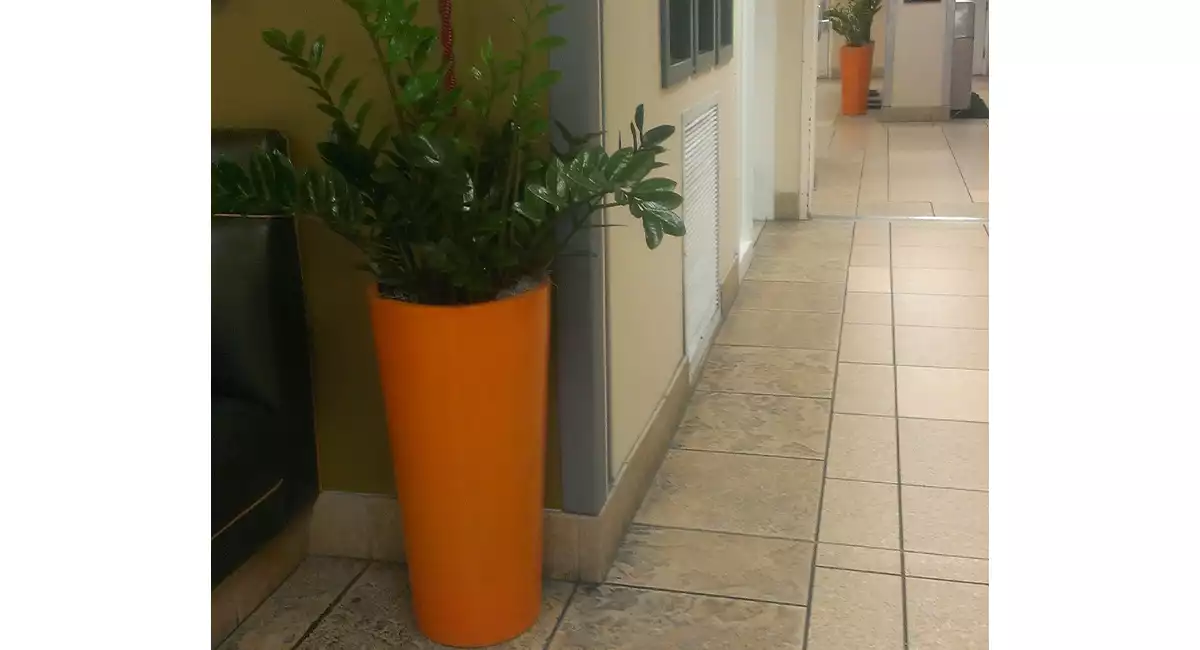Urban Gardening It might be difficult to find time to spend in nature when living in a busy city. Nevertheless, urban gardening provides a solution, enabling even the smallest spaces to enjoy the pleasures of gardening and the advantages of green living. We’ll go over easy ways to get started with an urban garden and adopt a green lifestyle in the city in this article.
Understanding Urban Gardening
The practice of growing plants in urban settings is referred to as urban gardening, urban horticulture, or urban agriculture. It includes many different methods, such as balcony gardens, community plots, vertical planters, and rooftop gardens. Utilising available space to grow plants for food production, aesthetics, or environmental betterment is the aim.
Assess Your Space and Resources
Make a list of the supplies and space you have before starting your urban gardening adventure. Take into account elements like the amount of sunlight, water availability, and the size of the space you have accessible. There are ways to establish a flourishing urban garde on a windowsill, rooftop terrace, or even a tiny balcony.
Table of Contents
- Understanding Urban Gardening
- Assess Your Space and Resources
- Choose the Right Plants
- Prepare Your Containers or Garden Beds
- Plant and Care for Your Garden
- Maximize Space with Vertical Gardening
- Embrace Sustainability Practices
- Connect with the Community
- Incorporating Sustainable Practices
- Community Engagement
- Embracing the Process
- Choosing the Right Space
- Container Gardening Basics
- Vertical Gardening Solutions
Choose the Right Plants
The secret to creating a successful urban garden is choosing the correct plants. Select cultivars that are appropriate for your area and growth circumstances. Think about compact types or vertically growing plants for small spaces. Because they can grow well in containers and tiny spaces, herbs, salad greens, cherry tomatoes, and peppers are great options for urban gardens.
Prepare Your Containers or Garden Beds
It’s time to set up your garden beds or containers after you’ve selected your plants. Make sure the containers you use have drainage holes in order to avoid waterlogging. Put put a premium, nutrient-rich, well-draining potting mix in them. To increase the fertility of the soil in a tiny gardening plot, take the effort to amend it with compost or other organic waste.
Plant and Care for Your Garden
The exciting part is almost here: planting your garden! Make sure to space the plants adequately to allow for growth and according to the planting guidelines provided for each type of plant. Keep the soil in your garden consistently moist but not soggy by giving it regular waterings. Keep an eye out for illnesses and pests, and respond quickly to any problems that surface.
Maximize Space with Vertical Gardening
Vertical gardening provides an efficient use of space in urban settings where there is a shortage of available land. Grow climbing plants like peas, beans, cucumbers, and vining flowers by using walls, fences, and trellises. In addition to making the most of available space, vertical gardening gives your yard more visual appeal.

Embrace Sustainability Practices
To reduce the impact on the environment and encourage green living, use sustainable methods in your urban garden. To feed your plants, use organic gardening techniques like composting kitchen trash and applying natural fertilisers. In order to lessen your dependency on municipal water sources, think about gathering rainwater to use for gardening irrigation.
Connect with the Community
Lastly, remember to stay in touch with the local urban gardening community. Participate in community garden initiatives, attend courses and events, and join local gardening groups. Developing relationships with other urban gardeners promotes a sense of community and camaraderie in addition to offering helpful support and resources.
Incorporating Sustainable Practices
You can embrace sustainable techniques and lessen your environmental impact by engaging in urban gardening. For your garden, think about composting cooking leftovers to make nutrient-rich soil additives. To save water and lessen runoff, use rainwater gathering systems. Adopting organic farming practices can help to preserve pollinators and increase biodiversity.
Community Engagement

Urban gardening aims to strengthen ties among the community in addition to nurturing plants. Participate in plant and seed exchanges, join gardening organisations or online forums, and get involved in your neighbourhood community gardens. Associating with other urban gardeners can offer assistance, motivation, and beneficial chances for exchanging knowledge.
Embracing the Process
Above all, keep in mind that urban gardening is a process rather than a final goal. Accept the responsibility of caring for plants, tracking their development, and taking lessons from both achievements and setbacks. Urban gardening poses distinct difficulties, but it also yields tremendous benefits in terms of well-being, contentment, and a stronger bond with the natural world

Choosing the Right Space
Urban settings frequently have little area, yet gardening is still possible there. There are gardening choices for any place, be it a windowsill, rooftop, balcony, or even just a small corner inside. Think about things like exposure to sunshine, water accessibility, and the location’s weight limit.
Container Gardening Basics
The foundation of urban gardening is container gardening. Make sure the pots you choose to grow your plants in have enough drainage holes and are the right size. To supply nutrients, use premium potting soil and think about adding compost or organic fertiliser. In metropolitan settings, containers can easily dry out, so be sure to water them on a regular basis
Vertical Gardening Solutions
Vertical gardening is a practical way to save horizontal space in urban environments. To optimise growth area, use vertical structures like hanging baskets, wall-mounted planters, and trellises. Vertical gardens are a great place to grow vining plants that bring visual interest to your urban area, such as peas, beans, and cucumbers.
Conclusion: Embracing Green Living in the City
To sum up, urban gardening provides an easy yet effective way to embrace green life in urban areas. Even in the most urban areas, you may build a flourishing garden haven by utilising the existing space, selecting the proper plants, and implementing sustainable methods. Urban gardening is a wonderful way to get in touch with nature, take care of your green thumb, and enjoy the benefits of organic products, whether you’re growing herbs on your windowsill or creating a rooftop garden.
Now prepare to turn your city into a vibrant green haven by pulling up your sleeves, grabbing your gardening gloves, and getting started. You can design an urban garden that improves your living space and adds to a greener, more sustainable cityscape with a little work and lots of love.





